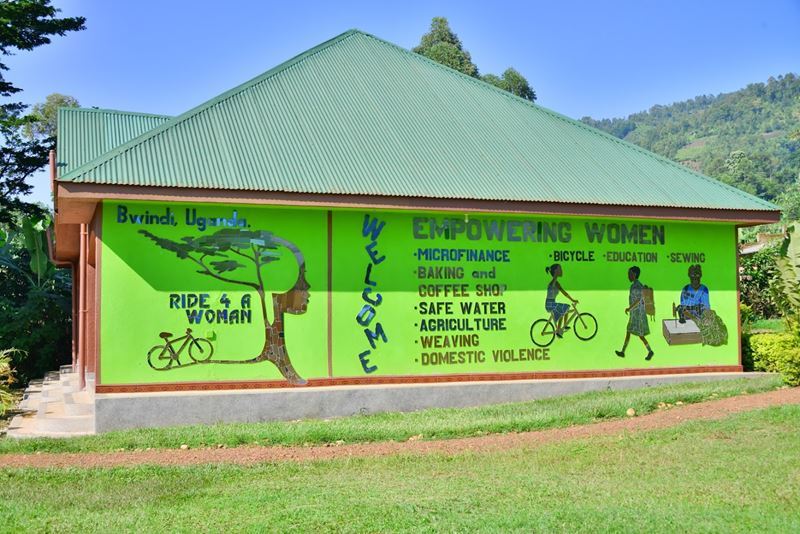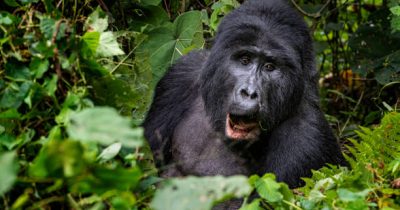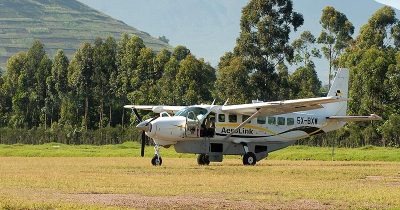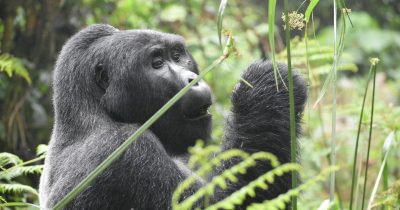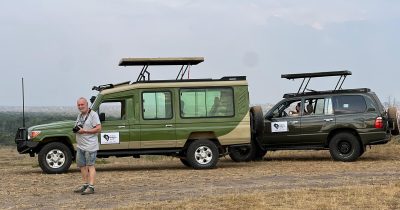Buhoma Gorilla Trekking
Buhoma gorilla trekking sector in Bwindi Impenetrable National Park is one of the must-visit places for anyone fascinated by the endangered mountain gorillas and interested in enjoying face-to-face encounters with them. Bwindi Impenetrable National Park is home to almost half the World’s population of these majestic Giant Apes, and by far the best place to see them is on a gorilla safari. Now the excitement comes from learning about their human-like behavior (considering they share 98.2% DNA with humans) and photographing them in their natural habitat.
If you’re looking for a gorilla trekking experience, you can go to almost any of the four trekking sectors/regions (Buhoma, Nkuringo, Rushaga, and Ruhija). But the Buhoma sector, in the Northern part, remains an iconic gorilla trekking draw card.
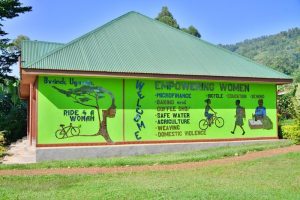
Mountain gorillas thrive in Bwindi Impenetrable National Park, particularly in the Buhoma sector. This is the park’s most frequented area. You will encounter them during on-foot gorilla treks through the jungles. While fully habituated mountain gorillas are likely to be seen, it is still possible to miss them. Prepare to be mesmerized by the sight of baby gorillas playing alongside imposing silverbacks amidst dense vegetation, observing gorilla mothers gently nurturing their young, or witnessing dominant silverbacks exhibit their authority and strength. These experiences are unforgettable highlights of your Buhoma gorilla trekking adventure.
Habituated Families visited during Buhoma Gorilla Trekking
There are presently five habituated families of mountain gorillas to be visited during Buhoma gorilla trekking- Mubare, Habinyanja, Rushegura, Muyambi, and Katwe.
Mubare Gorilla Family
Habituated in 1993, Mubare is the oldest gorilla family not only in Buhoma but Bwindi Impenetrable National Park. Its founding leader was Silverback Ruhondeza. He lost his life in June 2012, leaving leadership to his older surviving son, Silverback Kanyonyi. However, a solitary silverback named Maraya attacked the family, leading to the untimely murder of Kanyonyi, and hence became the next leader.
The reason Kanyonyi was defeated was because of his frailty. Silverback Maraya currently leads the family. He followed a fall from a high tree and subsequent inquiries. Maraya currently leads the group and has 7 members, including 3 adult females, 1 juvenile, and 2 infants.
Habinyanja Gorilla Family
The Habituation process of this gorilla family began in 1996, and 6 years later, the group broke into two, hence leading to the formation of the Rushegura gorilla family. This family derived its name from a local word, “Nyanja” meaning “a place of water”. This is because its members were first sighted close to a swamp, hence the name. Led by Silverback Makara, this gorilla family is made up of 13 members that include another silverback, 4 adult females, 2 sub-adult males, 4 blackbacks, and 1 infant.
Rushegura Gorilla Family
Formed in February 2002 after a split from the parent family- Habinyanja, Rushegura gorilla family is currently under the leadership of silverback Kabukojo. This family’s name was derived from a tree species locally known as “Ebishegura.” The split occurred in an area with these trees. This gorilla family is known for foraging around the Buhoma Park Headquarters, visiting village gardens, and sometimes lodges, especially Bwindi Lodge. There are presently 16 members in the family, including 2 silverbacks, 5 adult females, 1 sub-adult female, 2 blackbacks, 2 sub-adult males, and 4 infants.
Muyambi Gorilla Family
Led by silverback Muyambi, this gorilla family was founded in 2019 following the split from Mubare. Silverback Muyambi took with him 4 adult females to start his family. Currently, there are 7 members that include 1 silverback, 4 adult females, and 2 infants.
Katwe Gorilla Family
Close observation of the Katwe Gorilla Family began in January 2018 after the death of Silverback Kanyonyi of the Mubare family in November 2017. This untimely death led to the separation of the members to unknown locations. However, it was discovered that some of its members had joined the Katwe family, and it is from this point that habituation started, and it also involved close observation of the habituated members as well as the new ones in Katwe. This family derived its name from the hilltop area where habituation began. Currently, there are 8 members in this family, including 2 silverbacks (Silverback Mahaane being the leader), 3 adult females, 1 blackback, and 2 infants.
Accommodation options for Buhoma Gorilla Trekking
The accommodation options for Buhoma gorilla trekking safaris in the Northern sector are either within the Park or in the surrounding areas. Most of the Lodges/Camps pride themselves on commanding breathtaking views of Bwindi Impenetrable Forest and occasional visits from the mountain gorillas. Once you’ve spent quality time with the Giant Apes, it is time to enjoy unforgettable stays at Buhoma Lodge, Volcanoes Bwindi Lodge, Sanctuary Gorilla Forest Camp, Silverback Lodge, and Mahogany Springs Lodge.
Other options include Engagi Lodge, Ride 4 a woman Guesthouse, Trackers Safari Lodge, Gorilla Bluff Lodge, and many others.
Best time to go for Buhoma Gorilla Trekking
Buhoma sector and all other areas of Bwindi Impenetrable National Park are open all through the year. However, there’s something delightful about each season. However, the dry season (June to September and December to February) is particularly good. Rain showers are still lower, and forest trails are easier to explore when searching for the Giant Apes.
The rains are heavier during the wet season- March to May, October to November, which make forest trails muddy and slippery to explore while searching for the mountain gorillas. While it is more challenging to walk through the forest during this time, there are several advantages that include fewer crowds along the trails, cheaper gorilla tours (as many lodges offer discounted prices).
What to pack for Buhoma Gorilla Trekking
Buhoma sector of Bwindi Impenetrable National Park is close to the Equator, and the average rainfall is typically between 1400 and 1900 mm. Considering the rapid weather changes, it is important to always be prepared for your Buhoma gorilla trekking tour.
For this reason, we recommend packing long sleeve shirts and pants, sturdy hiking boots and long socks, lightweight rain jacket, gardening gloves, a hat, and sunglasses. You also need toiletries (lotion, hair comb/brush, toothpaste and toothbrush, and hand sanitizer), a waterproof sunscreen, an insect repellant, a pair of binoculars, a backpack, a good camera and extra memory card, among others.
How do I get to Buhoma for gorilla trekking?
There are two main transport methods for getting to the Buhoma sector of Bwindi Impenetrable National Park.
For the Buhoma sector, access is via daily scheduled flights operated by Aerolink from Entebbe International Airport to Kihihi Airstrip, followed by a two-hour road transfer from the Airstrip to the Lodge/or the sector.
You can also reach the Buhoma sector of Bwindi from the Ugandan Capital, Kampala. A 480-kilometer journey via the Towns of Mbarara, Ntungamo, Rukungiri, and Kihihi. If coming via Public transport from Kampala, take a bus to Kanungu, then catch a cab or boda boda taxi from Kanungu to Buhoma.
If driving yourself, you will need a 4X4 Safari vehicle. Additionally, be prepared for rough roads, especially when connecting to the park. You can also connect to the Buhoma sector from Queen Elizabeth National Park, connecting via the Ishasha sector in a 3-4-hour drive from the Northern part of Queen Elizabeth Park.
